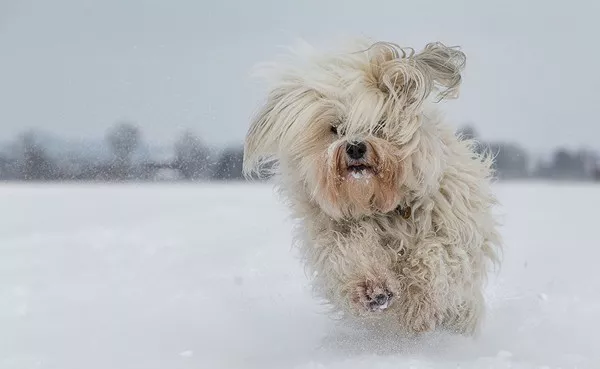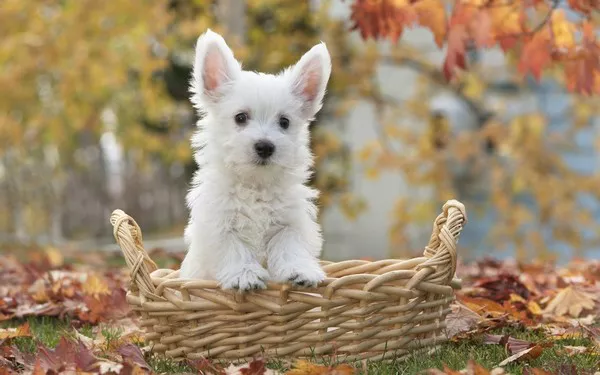The Norwegian Forest Cat, with its impressive long coat, tufted ears, and robust physique, is a breed synonymous with the rugged landscapes of Scandinavia. Known for its luxurious fur and strong, independent nature, this breed is celebrated for its natural beauty and survival prowess in harsh climates. However, a question that occasionally arises among enthusiasts and potential owners is whether Norwegian Forest Cats can have short hair. This article delves into the genetics of coat length in Norwegian Forest Cats, the breed’s coat characteristics, and the implications for those interested in this unique feline.
Understanding the Norwegian Forest Cat Coat
To address whether Norwegian Forest Cats can have short hair, it’s essential first to understand the breed’s typical coat characteristics and the genetics behind them.
Coat Characteristics
Norwegian Forest Cats are renowned for their dense, double-layered coat, which is well-suited to cold climates. Their fur consists of:
Topcoat: A long, water-resistant outer layer of coarse, guard hairs that helps repel moisture and insulates against the cold.
Undercoat: A soft, woolly underlayer that provides additional insulation and helps trap body heat.
The breed’s coat also features a ruff around the neck, which adds to their majestic appearance, and a bushy tail that aids in balance and warmth.
Genetic Basis of Coat Length
The length of a cat‘s fur is largely determined by genetics. In general, the gene responsible for hair length can manifest in different ways:
Long-Haired Gene: This gene causes cats to develop a long, flowing coat. Norwegian Forest Cats possess a version of this gene that produces their signature long fur.
Short-Haired Gene: This gene results in a shorter, more manageable coat. Breeds like the American Shorthair or the British Shorthair exhibit this trait.
In purebred cats, including the Norwegian Forest Cat, specific genetic variations control the length of the coat. Typically, these variations are consistent within a breed to maintain its characteristic appearance.
Can Norwegian Forest Cats Have Short Hair?
Given the breed’s well-established long coat, it is unlikely for a true Norwegian Forest Cat to naturally have short hair. Here’s why:
Genetic Consistency
The Norwegian Forest Cat is a breed recognized for its long hair, and this trait is a key part of the breed standard. Breeders have selectively maintained these long-haired traits over generations to preserve the breed’s distinctive appearance and functionality.
If a cat exhibiting traits of a Norwegian Forest Cat (e.g., physical build, tufted ears, body structure) has short hair, it could be due to:
See Also: How Cold is Too Cold for a Norwegian Forest Cat?
Mixed Breeding: The cat might be a mix between a Norwegian Forest Cat and a short-haired breed, such as a domestic shorthair or a different long-haired breed with a recessive short-hair gene. In such cases, the offspring might inherit short hair from one parent while retaining other Norwegian Forest Cat characteristics.
Genetic Mutations: Although extremely rare, genetic mutations or variations can sometimes lead to unexpected traits, including shorter hair. However, these occurrences are atypical and not in line with the breed standard.
Non-Pedigree Cats: Some cats might resemble Norwegian Forest Cats in appearance but lack the purebred genetics. These cats might have short hair due to their mixed breed heritage.
Implications for Breeding and Pet Ownership
For those interested in owning a Norwegian Forest Cat, the following points are important to consider:
Breed Standards
The Norwegian Forest Cat’s breed standard, as defined by major cat registries like the Cat Fanciers’ Association (CFA) and The International Cat Association (TICA), specifies long hair as a defining characteristic. Breeders are expected to adhere to these standards to ensure that their cats meet the breed’s traditional appearance.
Maintaining Breeding Standards: Reputable breeders strive to maintain the breed’s standards, which include the long-haired coat. They conduct breeding practices that promote health and preserve the distinctive traits of the Norwegian Forest Cat.
Expectations for Owners: When adopting a Norwegian Forest Cat, prospective owners should expect a long-haired feline. The breed’s grooming needs, including regular brushing to prevent matting and reduce shedding, are part of the care routine.
Short-Haired Cats with Similar Traits
For those who prefer a short-haired cat with similar traits to the Norwegian Forest Cat, there are alternative breeds that offer similar physical characteristics without the long coat:
Turkish Angora: Known for its graceful appearance and long, silky coat, this breed can also exhibit a shorter coat variety.
Maine Coon: While predominantly long-haired, the Maine Coon can sometimes have shorter fur in certain areas. However, this breed is still known for its long coat.
Domestic Shorthairs: These cats are a diverse group with varied appearances. Some may have features similar to the Norwegian Forest Cat but with short hair.
Grooming and Care Considerations
Regardless of the coat length, grooming is a critical aspect of cat care. For Norwegian Forest Cats, the long hair requires regular attention:
Brushing: Regular brushing helps prevent mats and tangles. It also reduces shedding and helps keep the coat healthy.
Bathing: While not always necessary, occasional baths can help manage excess fur and keep the coat clean.
Veterinary Care: Regular check-ups ensure that the cat’s skin and coat are healthy, and any issues can be addressed promptly.
Conclusion
In summary, Norwegian Forest Cats are inherently long-haired, and short-haired variations do not occur naturally within the breed. The breed’s long coat is integral to its appearance and history, designed to withstand cold climates and contribute to the cat’s majestic look. While short-haired cats may resemble Norwegian Forest Cats in some ways, true representatives of the breed will always have long, luxurious fur.
For those interested in Norwegian Forest Cats, understanding and embracing their grooming needs and breed characteristics is essential. If short hair is a preferred trait, exploring breeds with similar physical attributes but shorter coats is a viable alternative. Regardless of coat length, the Norwegian Forest Cat remains a unique and beloved breed with a rich history and captivating presence.
Related Topics:





















